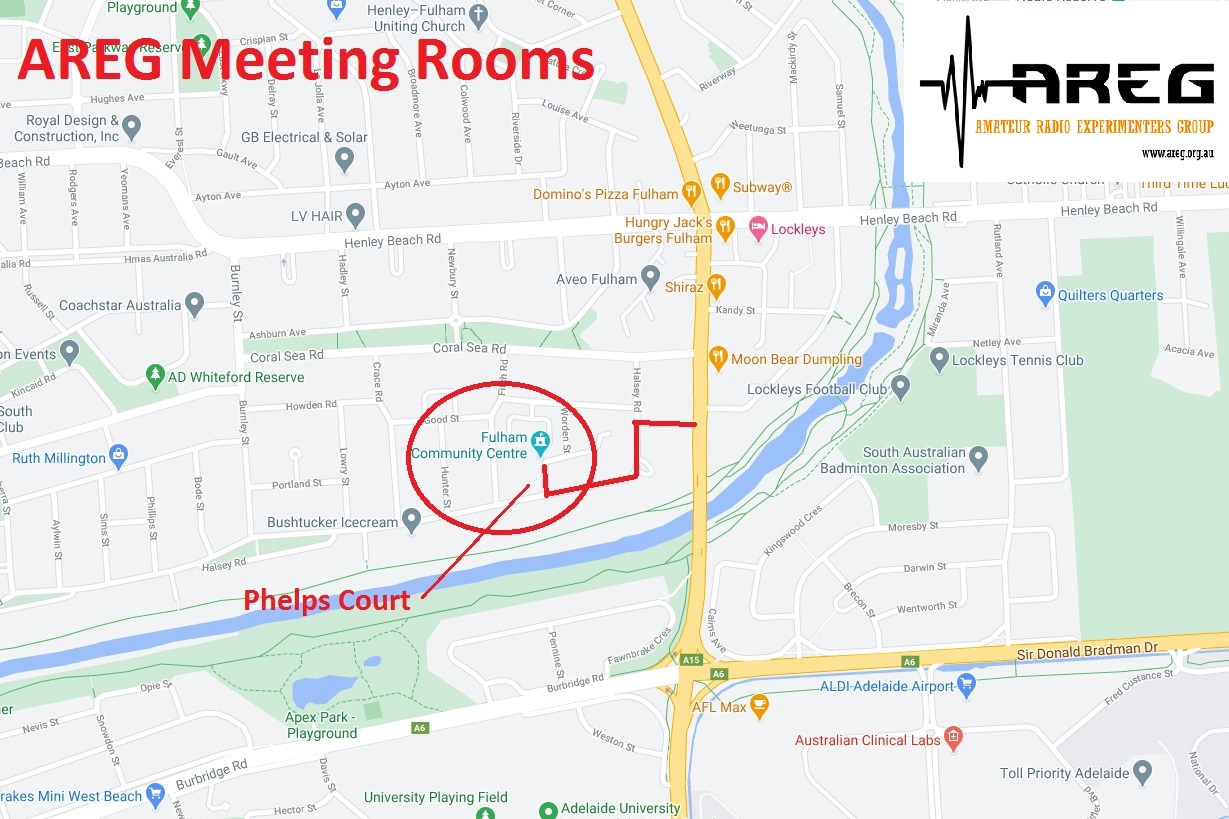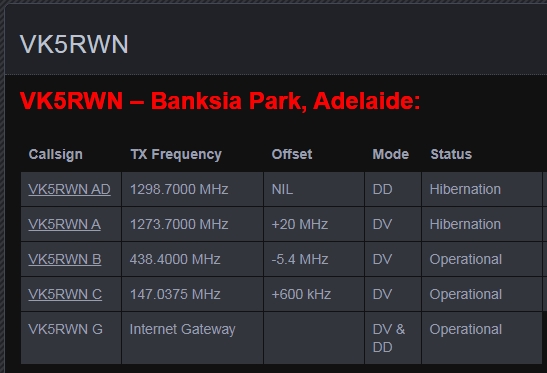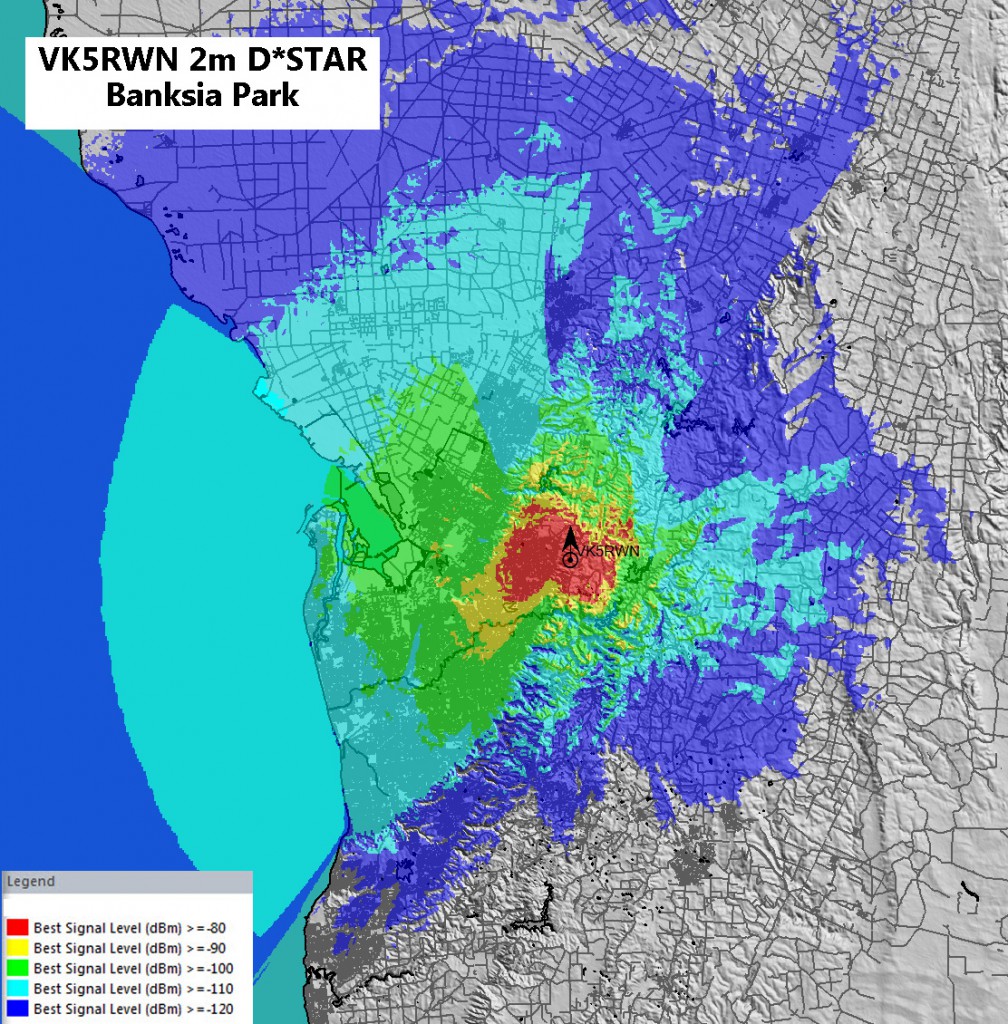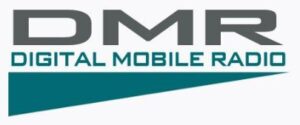
AREG is pleased to announce that is now one step closer to returning a digital voice DMR repeater service to the Adelaide metropolitan area.
Members voted to support the project earlier this year, after a call for interest in re-establishing a DMR service was made in July 2021. Since then, a DMR repeater has been donated to the club by Andrew Chapman VK4QF (one of the leading lights behind multiple DMR projects around Australia). We offer our sincere thanks to Andrew for his generosity!
Preparations are now well advanced to install it up at the club’s digital repeater site – VK5RWN atop Anstey Hill, which overlooks the Adelaide Plains. This is the same site used by the current D*STAR repeater. Paul VK5BX has been able to source and build a multi-coupler/diplexer for the club, to enable the DMR and D*STAR repeaters to be combined onto the same antenna system. The repeater will, once activated, operate on 438.900MHz (with a -7MHz offset).
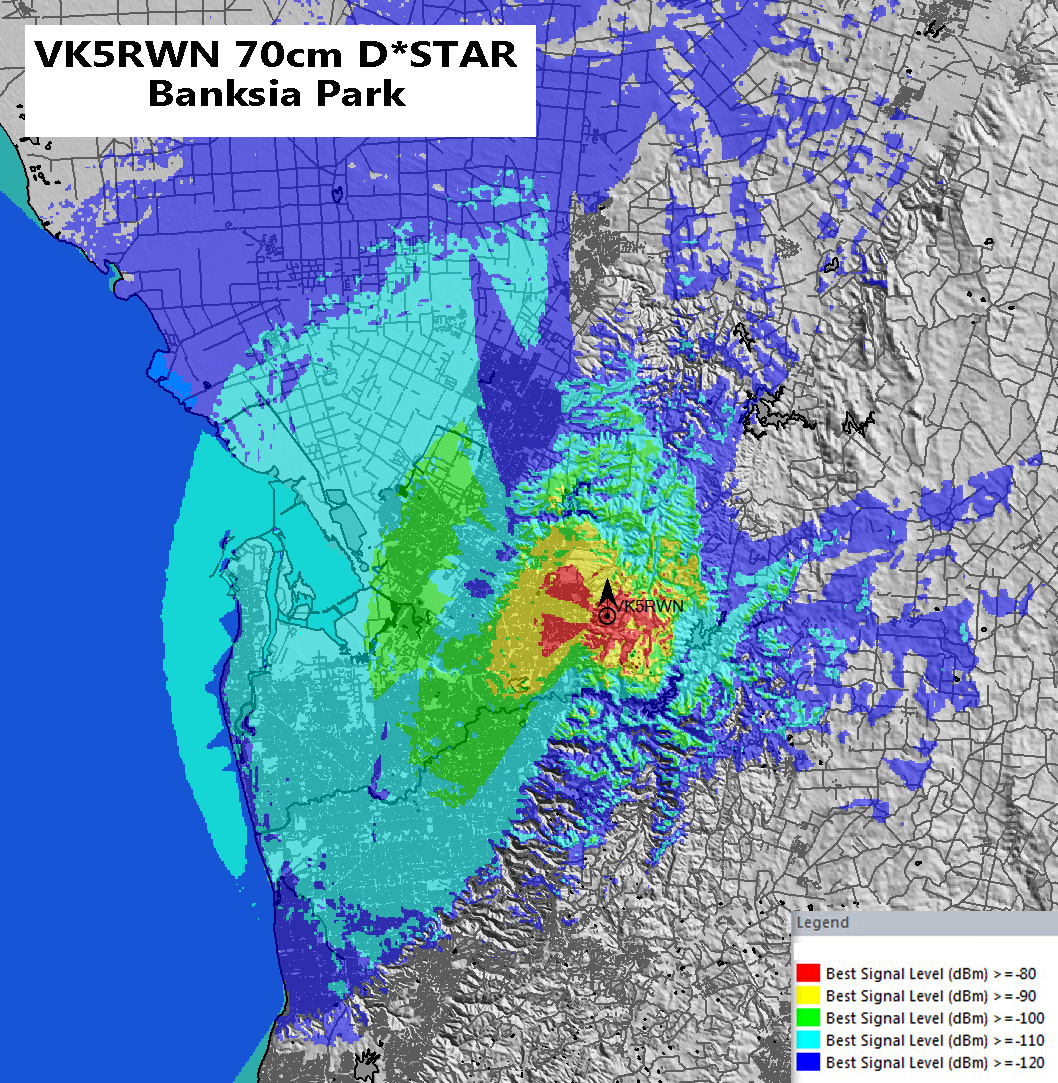 Timing of the final install is now subject to weather and availability of members for the working bee required to complete the installation (which includes some rearrangements to the UHF repeater antennas on site to accommodate the multi-coupling). It is our objective to have the system operating in the next 6-8 weeks, (earlier if everything falls into place).
Timing of the final install is now subject to weather and availability of members for the working bee required to complete the installation (which includes some rearrangements to the UHF repeater antennas on site to accommodate the multi-coupling). It is our objective to have the system operating in the next 6-8 weeks, (earlier if everything falls into place).
Why DMR?
AREG has always been supportive of experimentation and providing opportunities for radio amateurs to try new things and to find new ways of communicating. This is what drove AREG to support the original D*STAR repeater system (then co-sponsoed by Icom and WIA now solely maintained by AREG).
 In the case of DMR, AREG considered providing a service after the unexpected closure of the original Adelaide DMR repeater – VK5RSF, which saw the end of all DMR repeater access in the Adelaide region. With an existing KernWi-Fi internet served site covering the metropolitan area (VK5RWN), AREG was also well placed to support the Adelaide DMR community, and in particular its own members who were interested in DMR. This was all the motivation needed!
In the case of DMR, AREG considered providing a service after the unexpected closure of the original Adelaide DMR repeater – VK5RSF, which saw the end of all DMR repeater access in the Adelaide region. With an existing KernWi-Fi internet served site covering the metropolitan area (VK5RWN), AREG was also well placed to support the Adelaide DMR community, and in particular its own members who were interested in DMR. This was all the motivation needed!
More information on DMR and the VK-DMR network in Australia can be found via the vkdmr.com website. Keep watching the AREG website too for further news about the final commissioning date for VK5RWN on 438.900
How can you get involved?
The best way to support the new service and to get involved is to become a member of AREG! Your membership will help connect you with other amateurs interested in DMR in Adelaide, as well as helping offset the costs of running the service, particularly the internet link and power used to run the system. Details of how to apply for membership are available (here)!


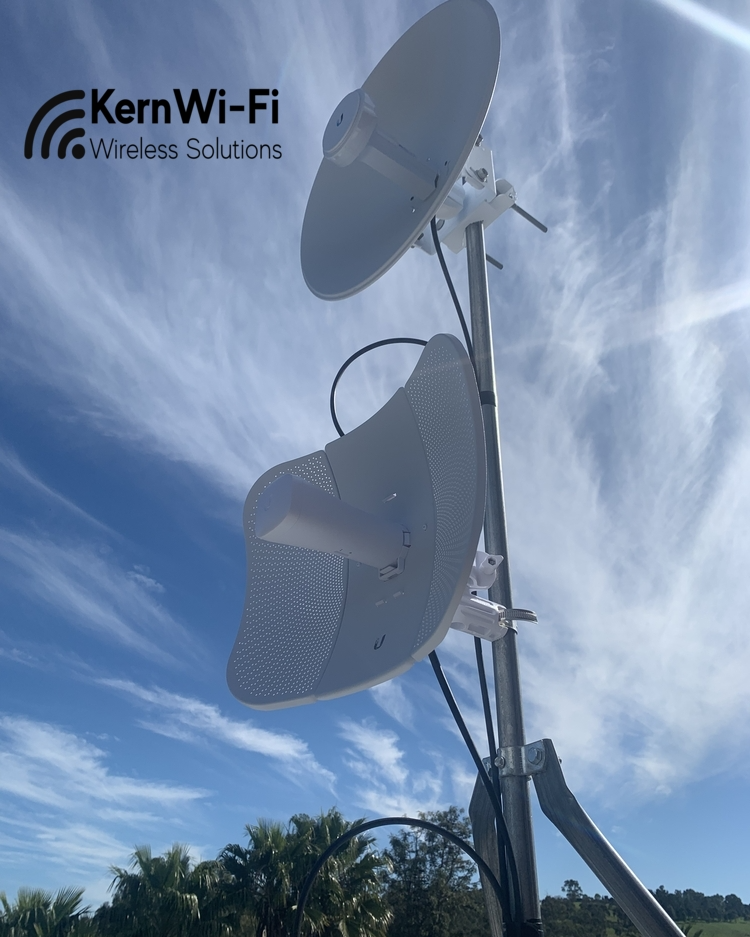

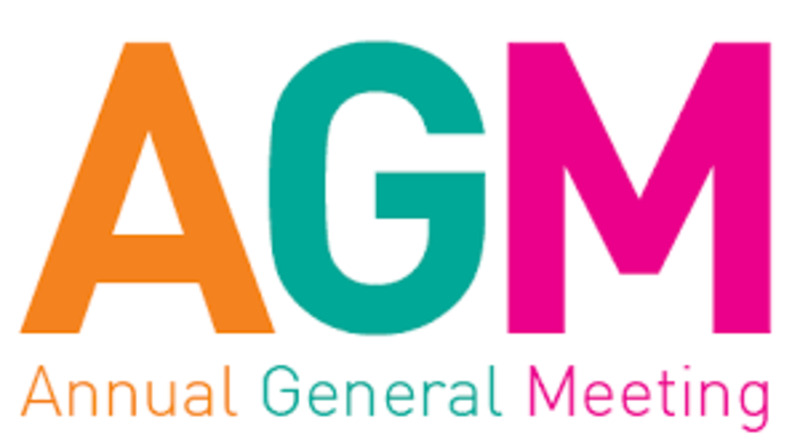

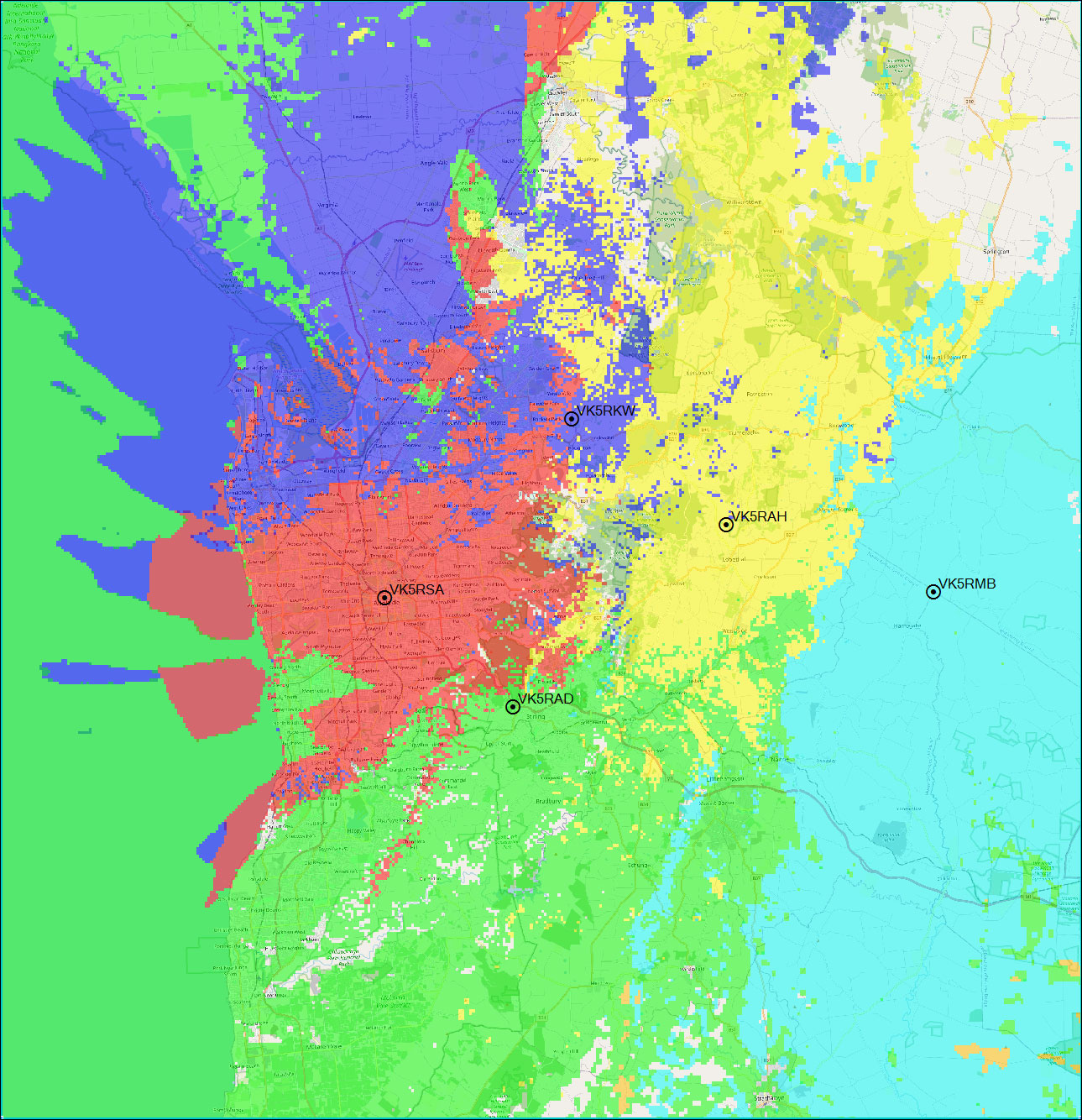

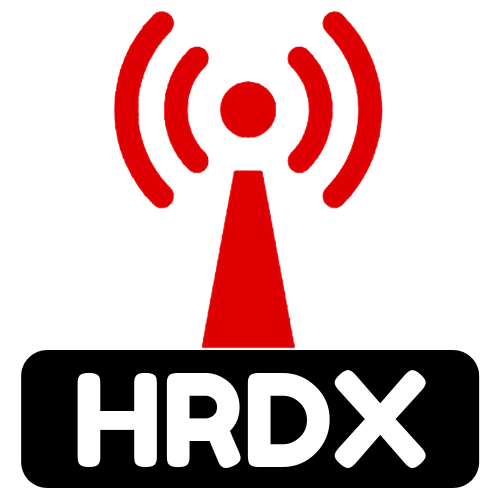
 The event down at the hall will be run as a COVID Safe event. Note that given the rapidly changing COVID lockdown situation, the AGM will be deferred to being an online presentation should we be prevented from holding it in person at the hall.
The event down at the hall will be run as a COVID Safe event. Note that given the rapidly changing COVID lockdown situation, the AGM will be deferred to being an online presentation should we be prevented from holding it in person at the hall.